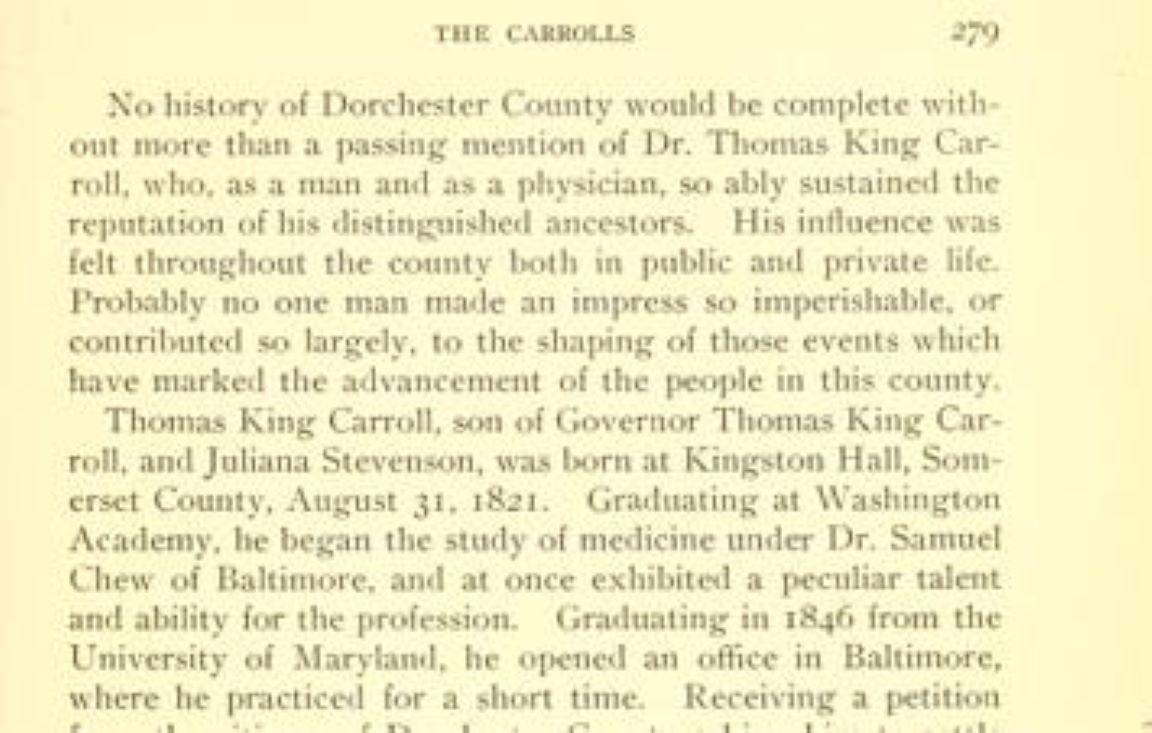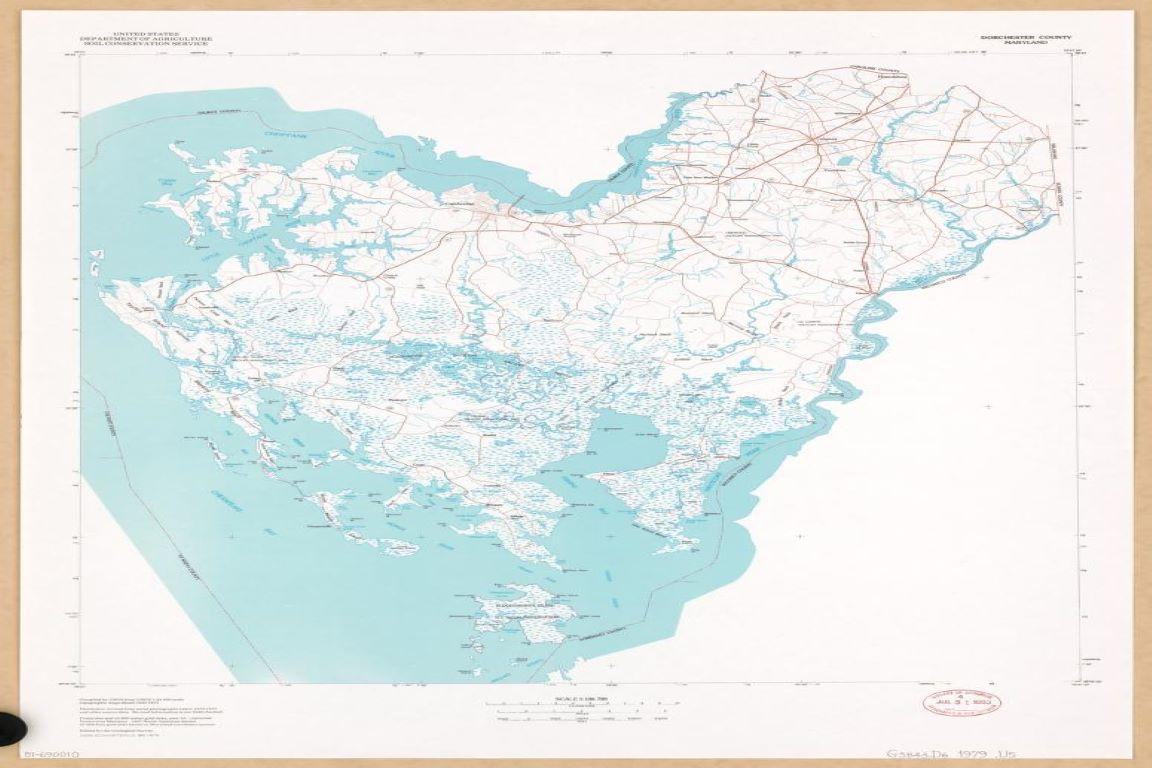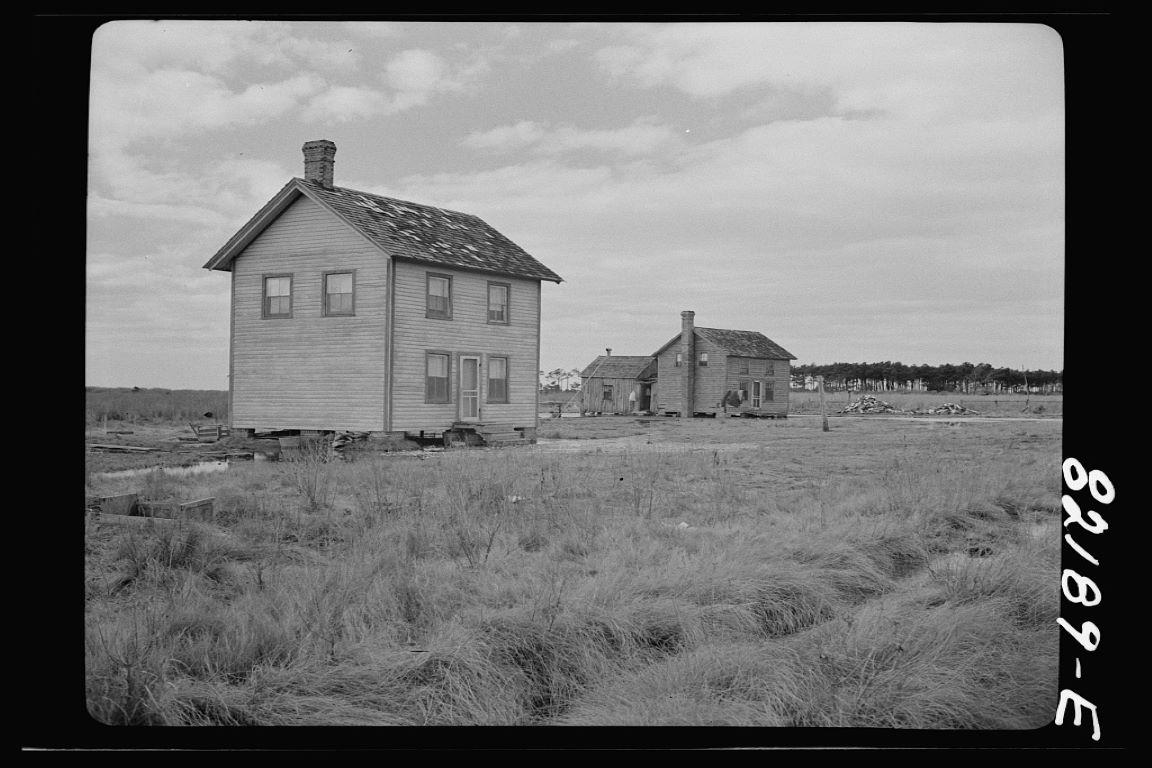Harriet Tubman was 13 when she refused to help an overseer capture an enslaved man in a general store. The overseer was so furious that he threw a metal weight that hit her in the head and fractured her skull. Harriet would endure seizures and severe headaches all her life as a result. This module describes the physical and spiritual impact on Harriet Tubman's life and her resiliency after the injury. Students will analyze primary source documents and images from the Library of Congress, and consider discussion prompts for more dialogue and deeper reflection.









